Duration: 20 Nights
Highlights: Starting in the serene Paro Valley, the trek gradually ascends through lush forests, alpine meadows, and high mountain passes, offering breathtaking views of the Himalayas. The trail winds its way through traditional Bhutanese villages, such as Laya and Gasa, where you can experience the unique way of life of the highland communities, known for their hospitality and distinctive attire.
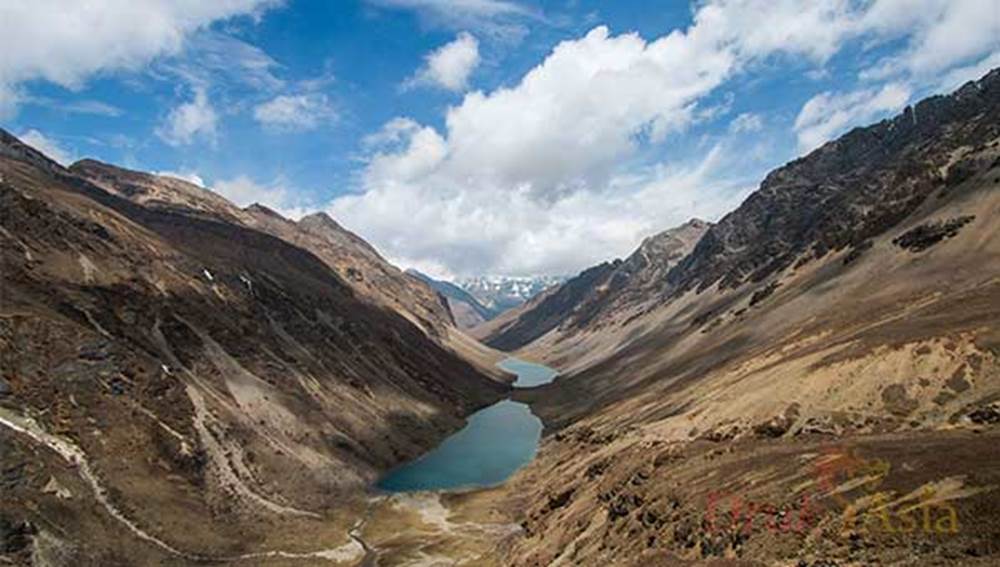
Visiting Thimphu’s Folk Heritage Museum is like stepping back into the heart of Bhutan’s rural traditions. Housed in a beautifully restored 19th-century farmhouse, the three-storey rammed-earth and timber building sits surrounded by paddy fields, kitchen gardens, a water mill and even a hot‑stone bath. Inside, each floor brings a slice of traditional life to life: the ground floor once sheltered livestock and stored grains, the middle was for household storage, and the top was where the family lived, cooked and prayed. You’ll see tools for farming, weaving demonstrations, traditional cooking classes and hands-on activities like archery and pottery.
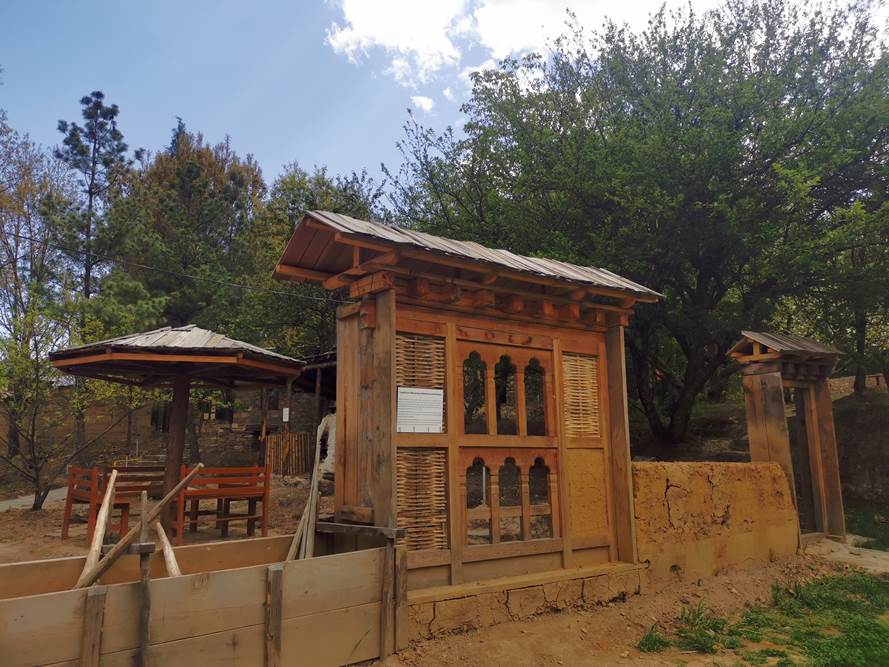
A visit to the National Textile Museum is a wonderful way to explore Bhutan’s rich heritage of weaving and craftsmanship. Here, you’ll discover the intricate artistry behind Bhutanese textiles, from the vibrant kira and gho to royal garments worn by kings and queens. The exhibits showcase handwoven masterpieces from across the country, highlighting different regional styles and techniques. You can also watch weavers at work, bringing to life the skill and patience behind each piece. It’s not just a museum—it’s a window into Bhutan’s living traditions, where every thread tells a story.
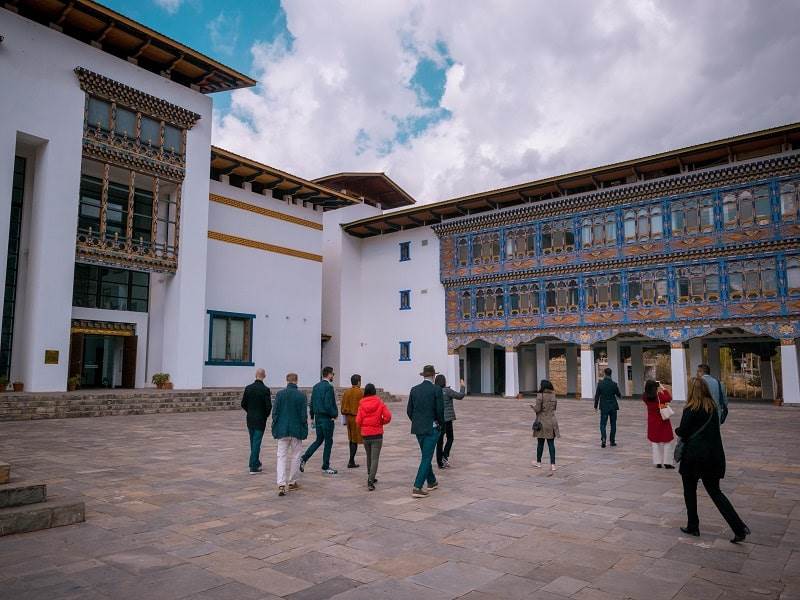
Visiting the Jungshi (or Tashi Gongphel) Handmade Paper Factory just outside Thimphu is a lovely, hands-on dive into Bhutan’s artisanal soul. Set on a gentle hilltop, this charming workshop has revived the traditional art of “deh‑sho” paper making—once used for sacred manuscripts—by skillfully transforming local daphne and dhekap bark into beautiful, textured sheets. You’ll watch artisans soak, boil, and pound bark into pulp, then expertly deposit it onto bamboo screens, layer by layer, before pressing and drying each sheet.

Just a short drive from Thimphu, Simtokha Dzong is Bhutan’s oldest surviving fortress, built in 1629 by Zhabdrung Ngawang Namgyal. Simtokha Dzong may be modest in size—but hidden among its sweeping courtyards lies a stunning secret: over 300 intricately carved slate panels lining the lower walls behind the prayer wheels. Each panel depicts a different Buddhist saint or philosopher, their serene faces and flowing robes capturing centuries of devotion and wisdom.

Perched at an altitude of 3,100 metres, Dochula Pass is one of Bhutan’s most serene and awe-inspiring mountain passes. Often cloaked in mist and prayer flags fluttering in the breeze, it’s a place where time seems to slow down. The pass is adorned with 108 memorial chortens, built in honour of Bhutanese soldiers, and offers panoramic views of the snow-capped Himalayan range on clear days. Whether you're pausing for reflection or simply soaking in the stillness, Dochula invites you to breathe deeply, feel the peace, and reconnect with the beauty of the journey.
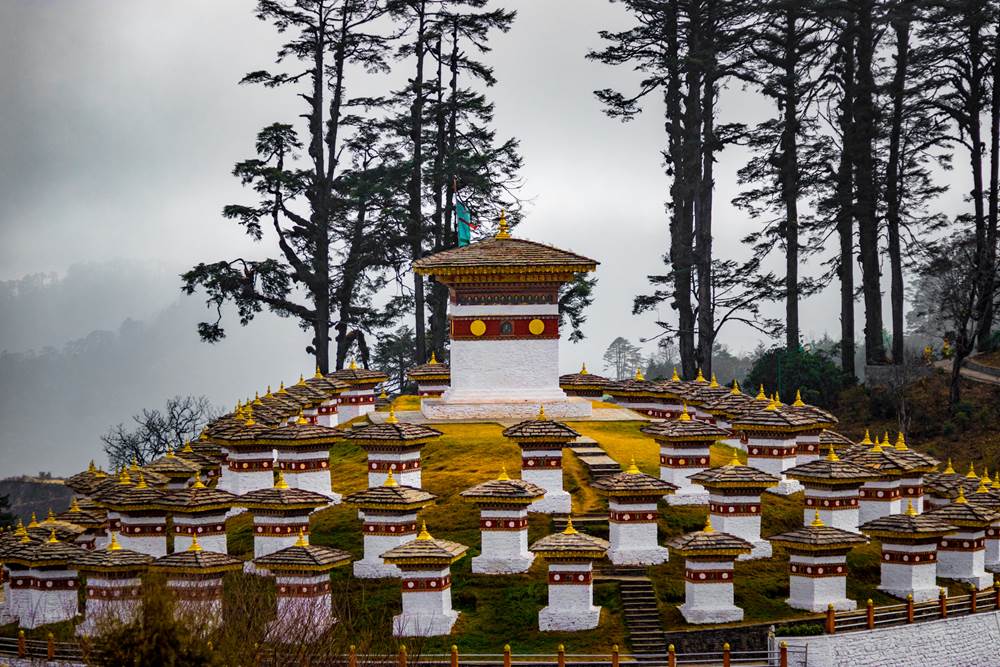
Step into the heart of Bhutanese history and spirituality with a visit to Punakha Dzong, one of the most iconic and breathtaking fortresses in the country. Nestled at the sacred confluence of the Pho Chu and Mo Chu rivers, this architectural masterpiece was built in 1637 by Zhabdrung Ngawang Namgyal, the great unifier of Bhutan. As you cross the traditional wooden cantilever bridge and approach the grand whitewashed walls, you’ll be walking the very grounds where Bhutan’s dual system of governance was first introduced—and where the first King, Gongsar Ugyen Wangchuck, was crowned in 1907. Despite enduring fires and an earthquake, the dzong stands today fully restored—thanks to the vision of the 4th King, Jigme Singye Wangchuck. It now serves as the winter residence of the Je Khenpo, the spiritual head of Bhutan, and houses a monastic community of over 1,000 monks. Marvel at the intricate woodwork and artistry that adorn the halls and courtyards, and let the sacred energy of this historic site leave a lasting impression on your journey.
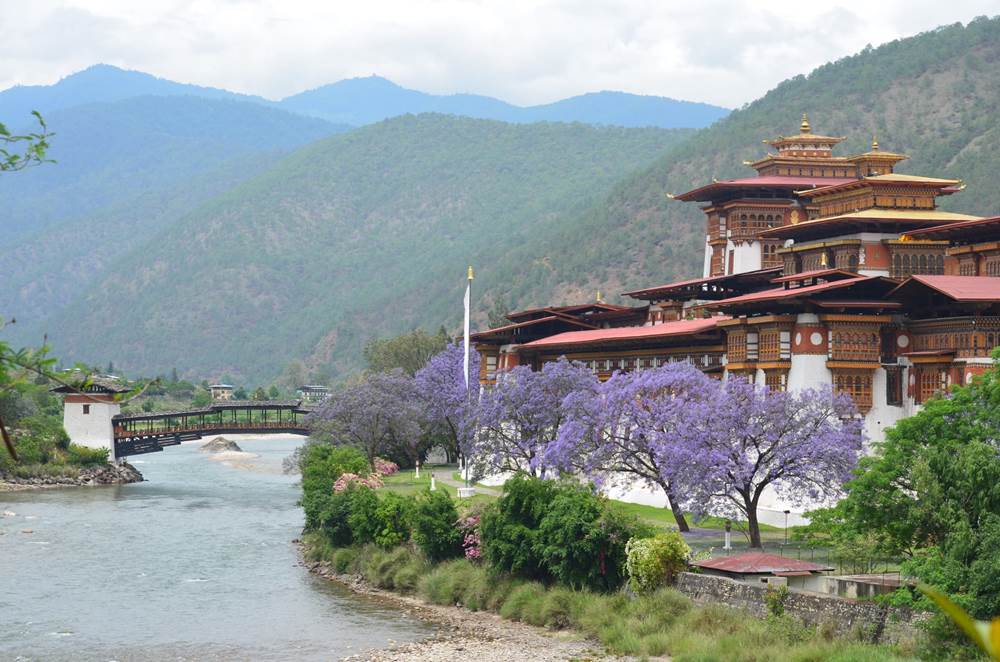
[Duration: 2 hours – 1 hour ascent, 1 hour descent] Embark on a scenic hike through lush paddy fields and pine forests to reach the stunning Khamsum Yulley Namgyal Chorten, perched gracefully on a hilltop overlooking the Punakha Valley. Unlike any other temple in Bhutan, this intricately designed chorten was built by the Queen Mother of the 5th King to promote peace, harmony, and universal well-being. Inside, the temple is adorned with some of Bhutan’s finest spiritual artwork. The walls are covered in detailed frescoes depicting Buddhist masters, protective deities, and profound symbolic imagery—offering a rich visual journey into Vajrayana Buddhist philosophy. This sacred site is not only a visual masterpiece but also a place of deep spiritual resonance, perfect for quiet reflection and cultural insight.
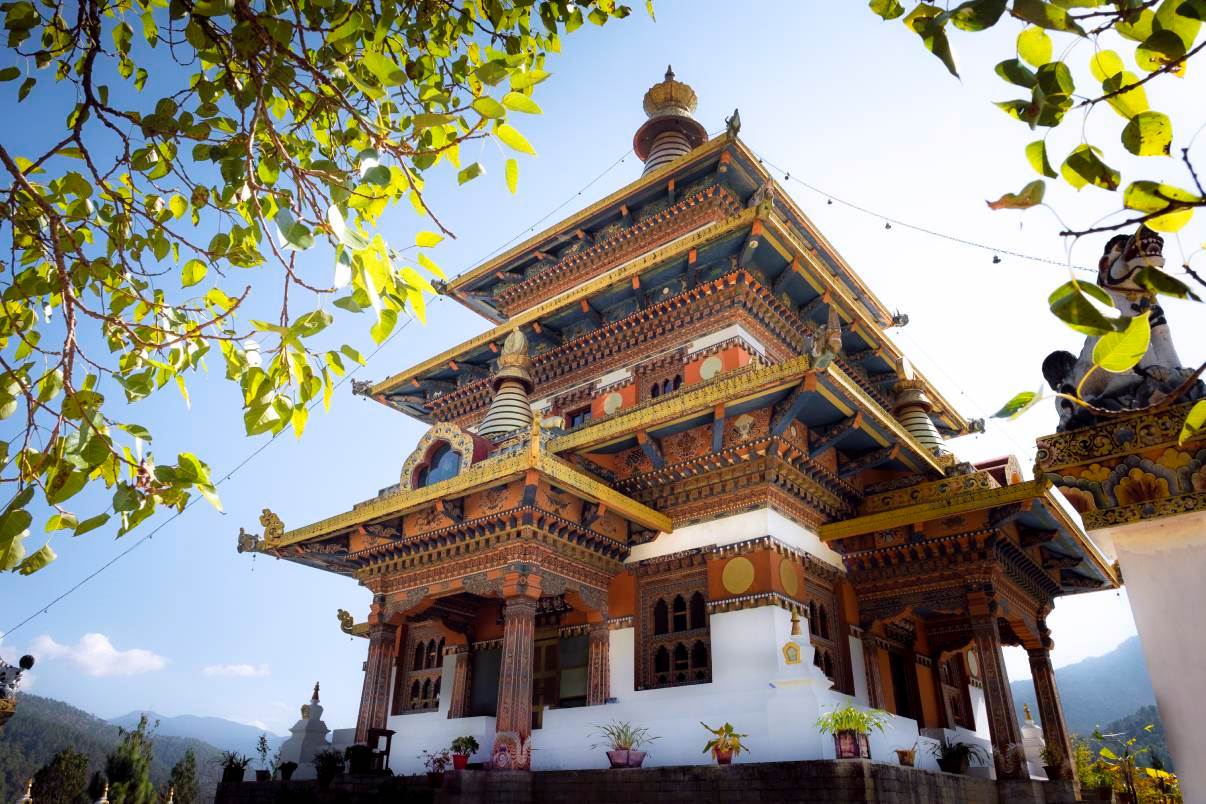
Drukgyal Dzong, located in the upper reaches of Paro Valley, is a historic fortress built in 1649 by Zhabdrung Ngawang Namgyal to commemorate Bhutan’s victory over Tibetan invaders. Once a strategic defence stronghold, the dzong also served as a vital outpost protecting the western borders of the kingdom. Though it was largely destroyed by fire in the 1950s, its picturesque ruins have remained a symbol of Bhutanese resilience and pride. Restoration efforts are currently underway to preserve its legacy. On clear days, visitors to Drukgyal Dzong are treated to spectacular views of Mount Jomolhari rising in the distance, adding to the site’s majestic allure.
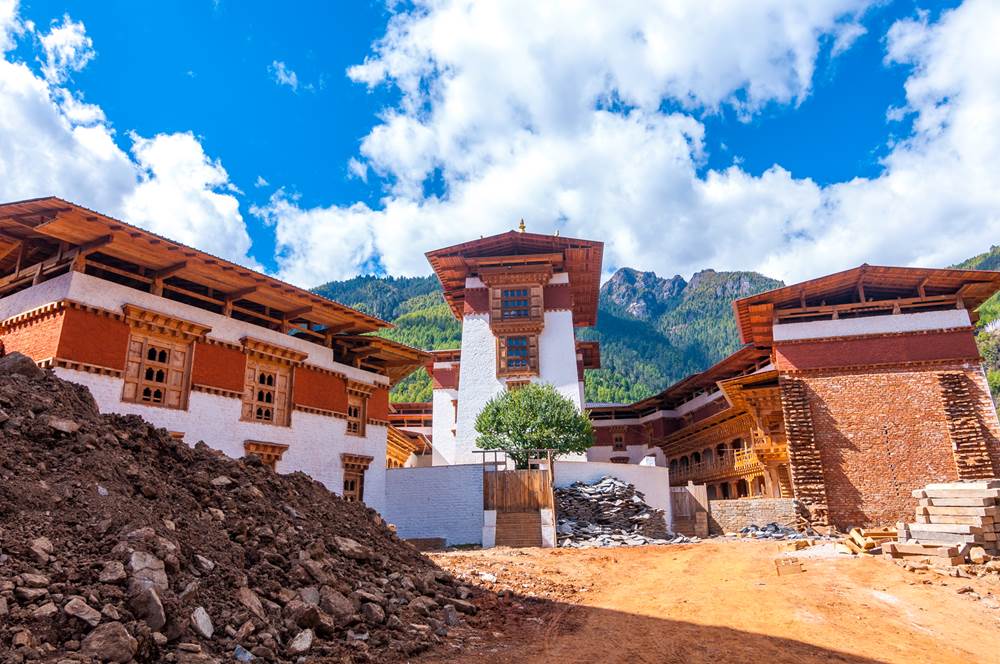
They say, "a visit to Bhutan is not complete without climbing up to the Tiger's Nest". Taktsang Monastery, famously known as the Tiger’s Nest, is Bhutan’s most iconic landmark, dramatically perched on a cliffside 3,120 metres above sea level in Paro Valley. According to legend, Guru Padmasambhava flew to this site in the 8th century on the back of a tigress and meditated in a cave that now lies at the heart of the monastery. Built in 1692, the complex includes temples, meditation caves, and stunning viewpoints that seem to defy gravity. Reaching the monastery involves a scenic 2–3 hour hike through pine forests and fluttering prayer flags—a spiritual and physical journey that rewards you with breathtaking views and deep serenity.
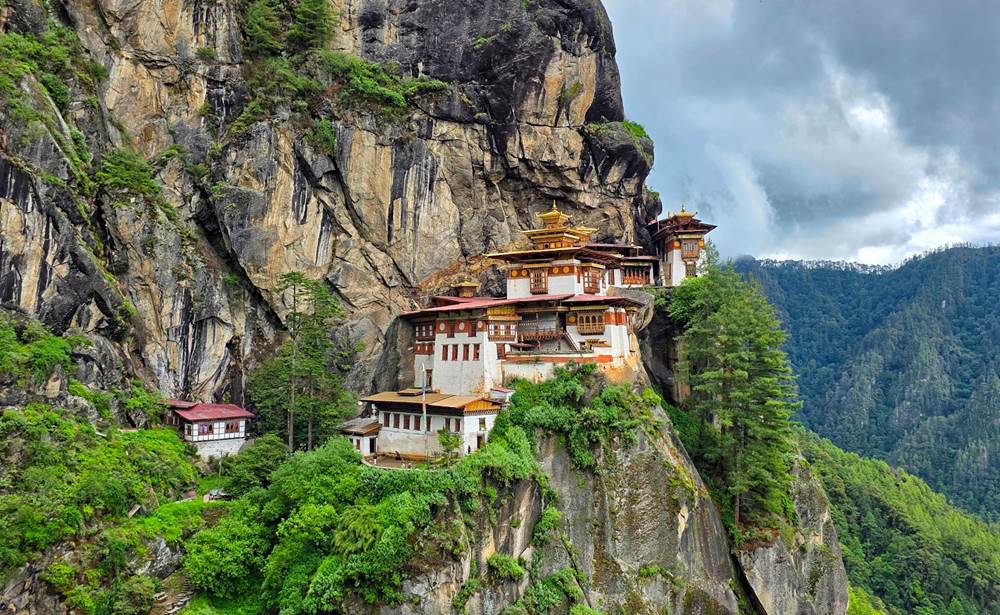
At 1300 years old, Kyichu Lhakhang is one of Bhutan’s oldest and most sacred temples, believed to have been built in the 7th century by Tibetan Emperor Songtsen Gampo as part of a spiritual mission to subdue a demoness and spread Buddhism. Located just north of Paro, it is often referred to as the “Sacred Jewel of Bhutan.” Over the centuries, the temple has been expanded and visited by many great masters, including Padmasambhava. It's a peaceful and deeply spiritual place, cherished by pilgrims and visitors alike.
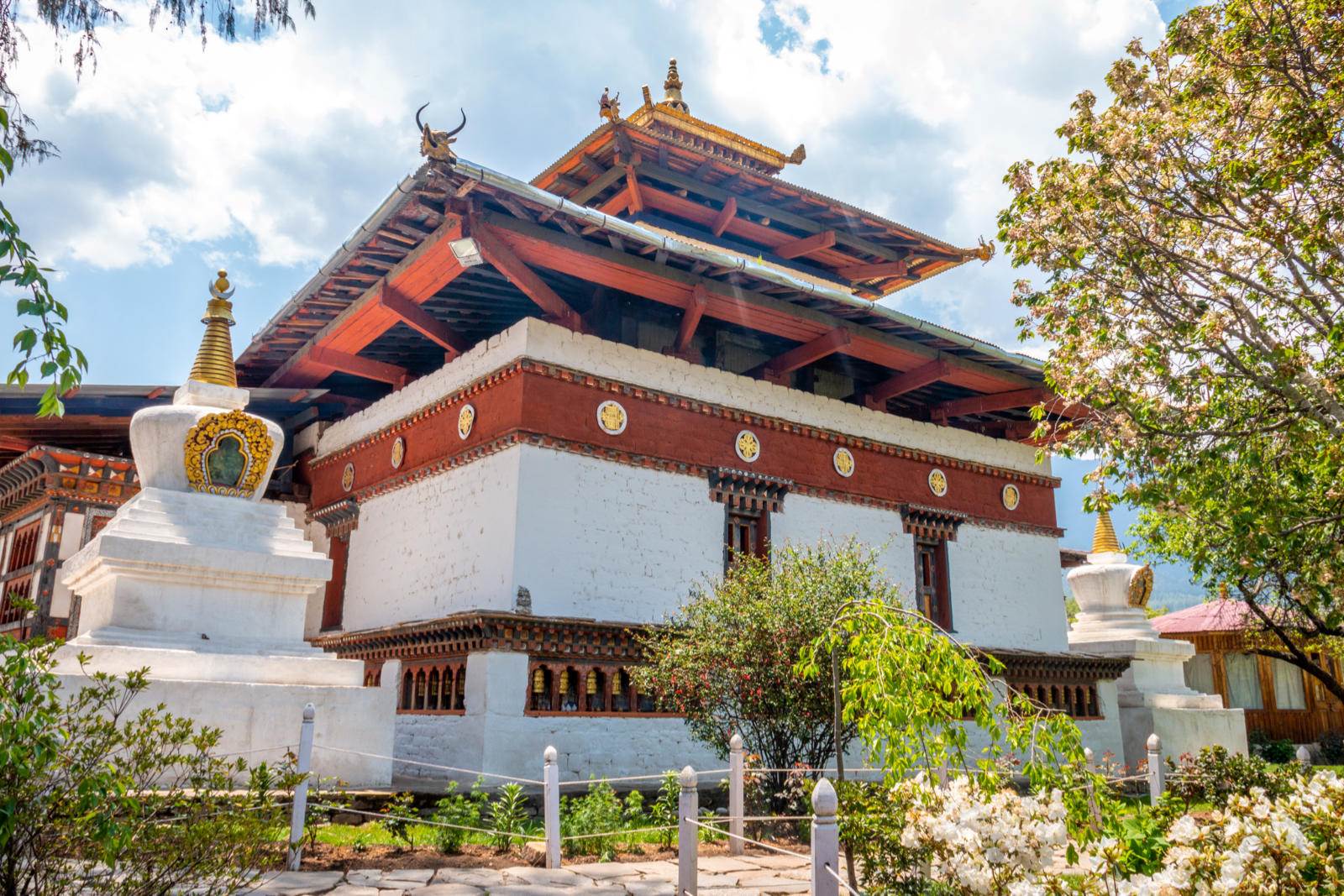
Travel Tips
Druk Asia
Bhutan Office
Singapore Sales Office
Kuala Lumpur Office
Copyright © 2024 Druk Asia - All Right Reserved
Travel Tips
Druk Asia
Bhutan Office
Singapore Sales Office
Kuala Lumpur Office
Copyright © 2024 Druk Asia - All Right Reserved
